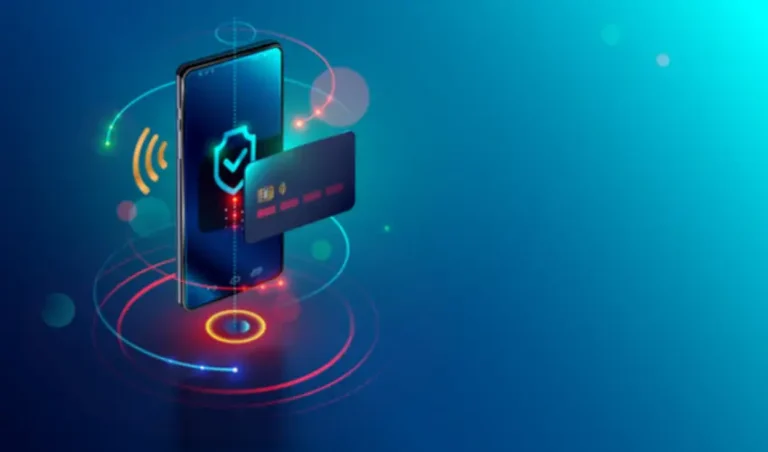Agile Retrospectives: Use The Previous To Outline The Longer Term
A productive retrospective project management session where everybody feels heard, valued, and motivated will contribute to a tradition project retrospective of steady learning and progress. A project retrospective, generally referred to as a retrospective assembly, retrospective session, or just a retro, is a devoted time for your group to replicate on a project after its completion (or at key milestones). It’s a structured look again on the complete project lifecycle – the nice, the unhealthy, and the “could-be-betters.” Ever completed a project feeling like one thing might have gone better? Or perhaps you smashed it out of the park, but cannot fairly put your finger on why?
Drop, Add, Keep, Enhance (daki)
It would not matter what industry you’re in, and it would not matter what you are engaged on or what work methods you use. The retrospective exercise should happen systematically for any group keen to develop their full potential. Simultaneously, the adoption of Agile strategies such as eXtreme Programming or Scrum is gaining in depth. The retrospective is spreading and helps thousands of teams have interaction in a game of self-inspection and self-adaptation. Thing is, it’s okay to make mistakes — what’s essential is that you learn from them. Otherwise, you’re prone to Cloud deployment encounter the identical points again in the future and that may have big penalties.
Driving Better Outcomes: Insights From Teresa Torres

I attempt to start or finish an Agile Retrospectives with a spherical of appreciation. It is quite common, in the course of the retrospective, to search out methods to become more efficient. It’s a chance to look again and think about how the staff performed. In the context of scientific and technical requirements, retrospectivity applies present norms to material that pre-dates new guidelines.
How Do I Do A Project Retrospective With My Team?

Sprint retrospectives may be as brief as 45 minutes or so long as three hours — all of it is determined by the sprint. While you need to be efficient in everything you do, it’s necessary to offer your staff enough time to have a meaningful discussion and make progress during a sprint retrospective. In this information, we’ll speak about what a sprint retrospective is, why it’s important, and how you can conduct profitable sprint critiques to make your group more effective.
Reflect on a accomplished project and looks for alternatives to improve the best way they work together in the future. SMART objectives are Specific, Measurable, Achievable, Relevant, and Time-bound. For an motion merchandise to be SMART, it should clearly state what needs to be done, how will most likely be measured, who shall be responsible for it, why it is important, and when it will be completed. Remember to permit adequate time for each query to advertise considerate reflection and encourage detailed responses from all team members.
As a end result, their work is constantly evolving to deliver better outcomes and improve collaboration. In the Agile methodology, a retrospective is a gathering that takes place at the finish of the dash. It’s a core part of the Scrum course of, giving the complete project team a chance to mirror on what went properly and what to enhance in the future. Hosting a retrospective assembly requires careful planning and facilitation. This can embody setting goals and goals, reviewing progress, and figuring out areas for improvement.
- It evaluates what worked, what didn’t, and what could be improved in the subsequent dash.
- However, a retrospective is far richer than a simple reply to those questions.
- Through structured discussions, teams can generate priceless insights and actionable plans.
- While it is permitted, it’s not beneficial to invite stakeholders to retrospective meetings.
This openness to retrospecives, and their proliferation into all sides of enterprise, is something to get extremely excited about. Any main release or project deserves a retrospective and must be held inside every week of delivery earlier than people forget what occurred and transfer on to the next factor. Retrospectives can be held more incessantly, including for minor releases, each dash or even at daily or weekly standups.
Data ought to be reported during retrospectives using a combination of verbal reporting and visible aids corresponding to task boards and charts; if you’re going far back in time, a timeline may also be useful. Most people automatically “tune out” mentally when they really feel they’re about to be subjected to an aimless, uninteresting meeting- so keeping a sense of space is integral to a productive group session. All of the previous topics are crucial, but if we don’t have an excellent facilitator, a retrospective most likely shall be a disaster. It is necessary to understand the reasons that folks complain, and this can reveal a lot of issues, but when a grievance session gets uncontrolled, it could possibly wreck the general retrospective. I even have had opportunities to see several retrospectives being remodeled in criticism classes. When this occurs, people should feel comfortable enough to say issues out loud and counsel different ways approach the identical problem.

Sprint retrospectives are about improving your subsequent sprint, so don’t give consideration to suggestions that won’t impact the rest of your project. There are various methods to gather suggestions from everyone at your dash retrospective. You can even have group members complete surveys or submit nameless feedback that you ought to use to improve your next dash. In addition to listing these things out, the discussion should discover why they occurred.
Setting the tone is the primary step of conducting a sprint retrospective. The aim of dash planning is to collect feedback from different views and use that suggestions to set targets and improve Agile processes. Everyone ought to really feel like they’ve a voice at a sprint review, so set that tone from the start of the meeting. As the dash retrospective is a time to mirror upon the project’s process, the entire team must attend the assembly.
With a shared digital collaboration house like Mural, you can quickly capture ideas with sticky notes, organize them nonetheless you want in an infinite canvas, and add tags for filtering and subsequent steps. When the meeting is over, your group (and organization) has a record of the meeting that is interactive and valuable, somewhat than a photograph someone could have snapped. Adding another degree of visible organization may help blend ideation with prioritization, and velocity up innovation. By organizing the sticky notes from the initial feedback spherical contained in the radar visual, managers can understand each the feedback and desires of their team at a look. Look for patterns and themes in the information that emerges from the group’s discussion.
Teams define matters for enchancment for the subsequent sprint, however very few teams cease and analyse whether their actions resulted in some improvement. If individuals do have ideas for enchancment, they face a struggle to implement them in the absence of a discussion board for enlisting the assist of the staff. The team commits to an formidable listing of actions without contemplating whether it has time to get them done within the next iteration. This results in disappointment as a result of the actions do not get carried out and the team continues to add extra actions to the record in each retrospective.
Creating a standard agenda template makes it simple to share along with your staff and acquire suggestions prematurely. That method, you may make certain your discussion is as informed as attainable. Miro’s retrospective templates will help you focus on constructive and adverse suggestions and plan improvements. You can also explore Miro’s intelligent templates that come pre-populated with prompts and interactive widgets, permitting your staff to kick off your group retrospective instantly. Zoho Sprints is an intuitive and complete agile project management device that facilitates multiple agile ceremonies, ensuring smooth operation for initiatives and groups. Effective and contextual dash retrospectives are attainable in Zoho Sprints using the Meetings module to get the team together, gather enter, and puzzle out optimal options.
Transform Your Business With AI Software Development Solutions https://www.globalcloudteam.com/ — be successful, be the first!